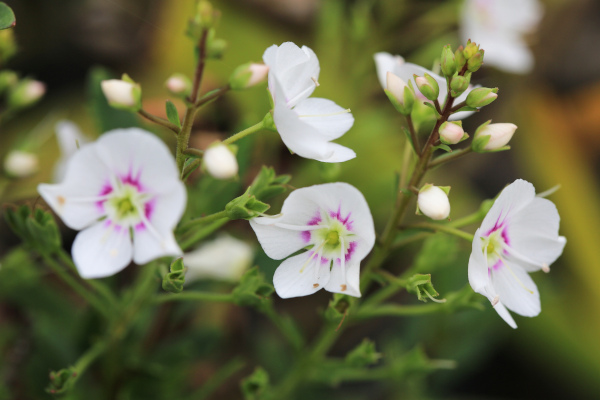How to grow Parahebe
One of the lesser known shrubs with fantastic flowering abilities as well as excellent ground covering foliage. Parahebe is an evergreen or semi evergreen compact shrub which forms weed suppressing mats covered in spires of pretty, open blooms throughout summer and, often, into autumn. Parahebe are not dissimilar to hebe, hence the name, and have been re-classified recently, as a relative of the Veronica family,
Parahebes are largely native to New Zealand with a few species found in Australia and New Guinea. With a reliably low-fuss, long-flowering nature and availability in blues, purples, pinks and whites they will add valuable colour to borders, rockeries and containers in either full sun or partial shade.
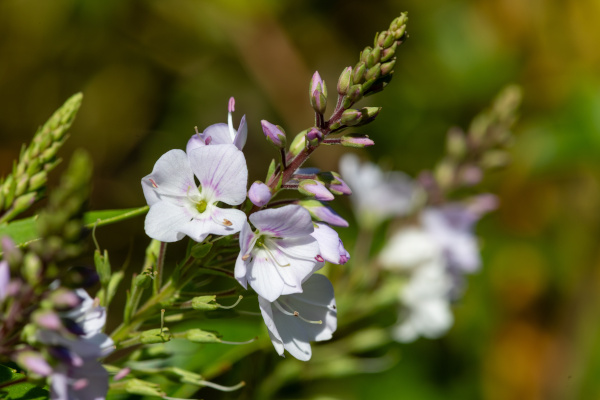
Zantedeschia is a genus of flowering plants from the family Araceae and is native to southern Africa. With a rich history dating back to the Ancient Romans, these deciduous or semi-evergreen perennials have been used as a symbol of celebration. Zantedeschia was Named after Professor Giovanni Zantedeschia, an Italian botanist.
There are two main forms of Zantedeschia: hardy and tender. Hardy forms of the plant can be grown outdoors, enjoy moist soil and full sun or partially shaded conditions - these are known as Arum lilies. Tender forms of Zantedeschia prefer being grown in containers or pots and should be brought inside over the winter - these are known as Calla lilies.
With tuberous flora in all colours from whites, yellows and oranges to deep reds and purples, Zantedeschias are not to be overlooked in any garden, as long as they have sufficient sunlight to grow in.
Ready to learn more about growing Zantedeschia? Read on for all there is to know...

Key Information
Soil pH
Position
Hardiness

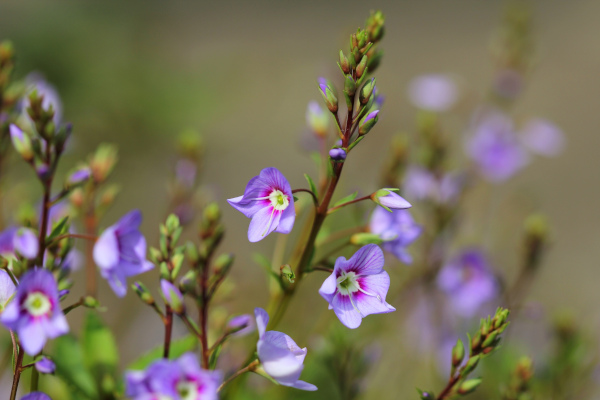
Where & when to plant Parahebe
Position - An adaptable shrub which copes well with full sun to partial or dappled shade
Soil - Parahebe will grow in any moist, well-drained soil so heavy clay is best avoided. Once established plant are drought tolerant.
Flowering Period - Can be from late spring, through summer and into autumn, depending on the species
Hardiness - Shrubs are H4 hardy (-5°C to -10°C) so may need some winter protection, depending on where you garden in the UK
For best results in spring. An autumn planting can be done by those gardening in mild conditions (and broadly speaking, this is the southern half of the UK). For those liable to cold winters, it is best to wait until spring (generally the northern half of the UK). Planting can also be carried out in summer, though be prepared to water regularly until your plants have established.
When it comes to choosing a planting spot, parahebe are wonderfully undemanding and will usually have a good go at growing wherever you put them. Their ground covering ability makes them ideal for the front of a border or path edge, whilst taller varieties are ideal for the middle of a border too. With a little extra attention when it comes to watering plants do well in containers and, once established, will even cope with gravel gardens and rockeries.
How to plant Parahebe
- For planting in the garden, dig the soil area removing any large stones and weeds and breaking up any lumps. If your soil is very poor, mix in some organic matter such as manure or garden compost. If it is heavy clay, now is also the time to add a generous helping of horticultural grit. Rake level and firm with your heels. Rake level again.
- Water plants well and allow to drain before planting.
- A good tip is to dig a hole twice the size of the root-ball. Fill with water and allow to drain before placing in the plant.
- Place the plant in the hole, ensuring the top of the root ball sits level with the surface of the soil. Too low and the plant may rot, too high and the roots can dry out.
- Backfill with soil and firm in gently with your foot.
- Soak well with water.
- Mulch around the base with well-rotted organic matter.
- For planting in containers, first choose an appropriately sized pot. You may wish to grow your parahebe on its own in a pot just a few centimetres larger than the rootball, or as part of a larger, mixed container display. Either way, ensure there are plenty of drainage holes in the bottom.
- If you are using a large or heavy pot, it can be a good idea to fill and plant it in situ to save yourself the trouble of moving once full.
- Use a good quality potting compost with plenty of horticultural grit mixed in, and, if not already present in the compost (check the description on the bag) some slow-release fertiliser granules.
- Start by partially filling the pot with compost; enough so that when placed on it the upper surface of the root ball is about 3cm lower than the top of the pot.
- Infill all the space surrounding the root ball with compost, firming down with your fingers then adding a little more so the plant is held tight.
- Pick up the container and lightly tap on the potting bench or ground a few times to help further settle the compost around the plant.
- Soak well with water.
- A mulch with horticultural grit will look attractive and help to prevent a ‘cap’ or crust forming on the top of the compost (something container plants can suffer due to the artificial nature of their watering).

What to plant with Parahebe
In a border, use the neat clumps of taller varieties to fill the spaces between a variety of plant forms, such as ornamental grasses, umbels (think achillea and sedum), and flower spikes such as digitalis or verbascum. Add some frothy, airy texture in the form of Verbena bonariensis, thalictrum, or alchemilla, and your designer border is complete!
For ground cover beneath trees and shrubs, pair spreading, mat-forming species with similar companions such as Galium odoratum, vinca, and one of our favourite secret weapons, Luzula nivea.
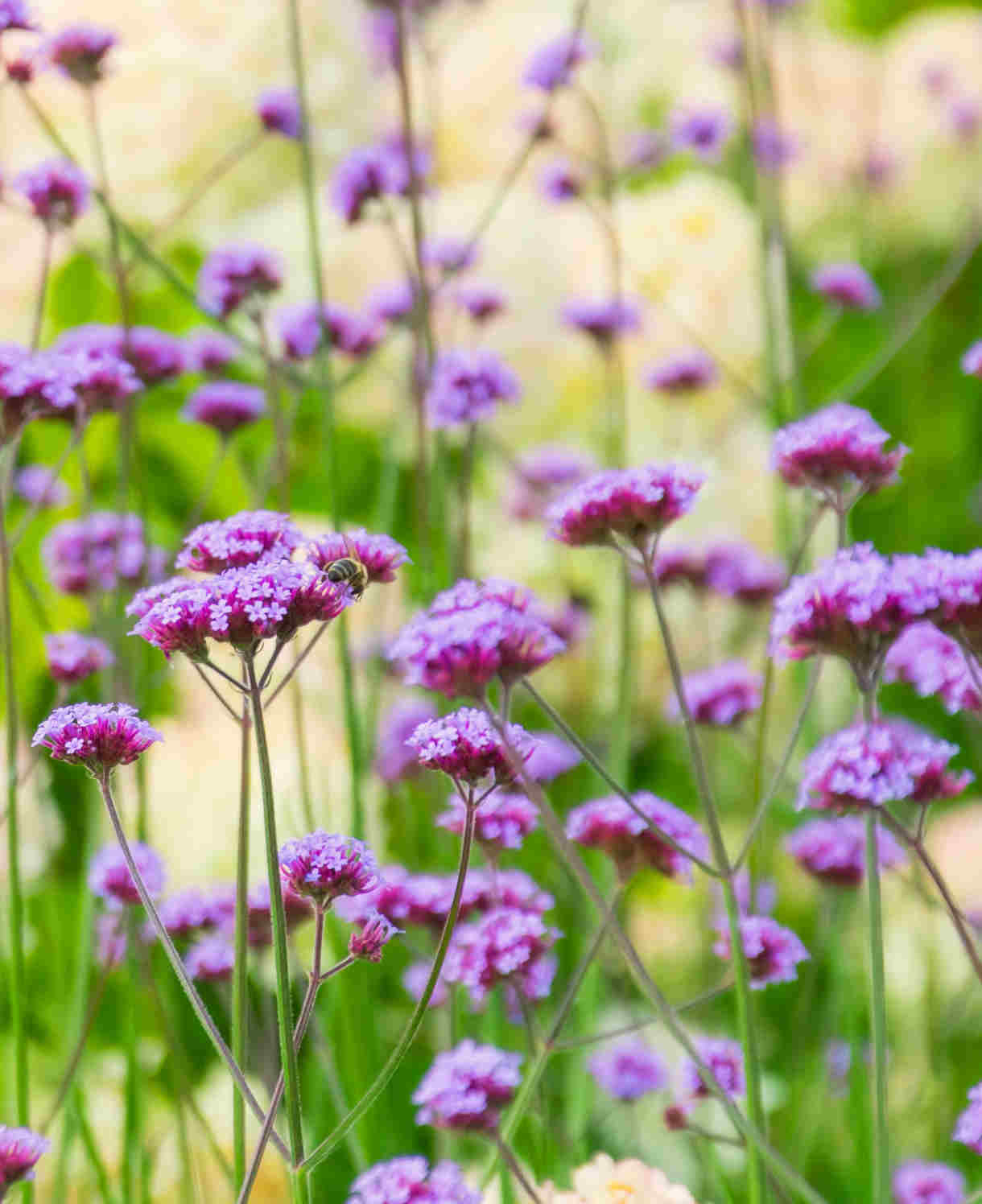
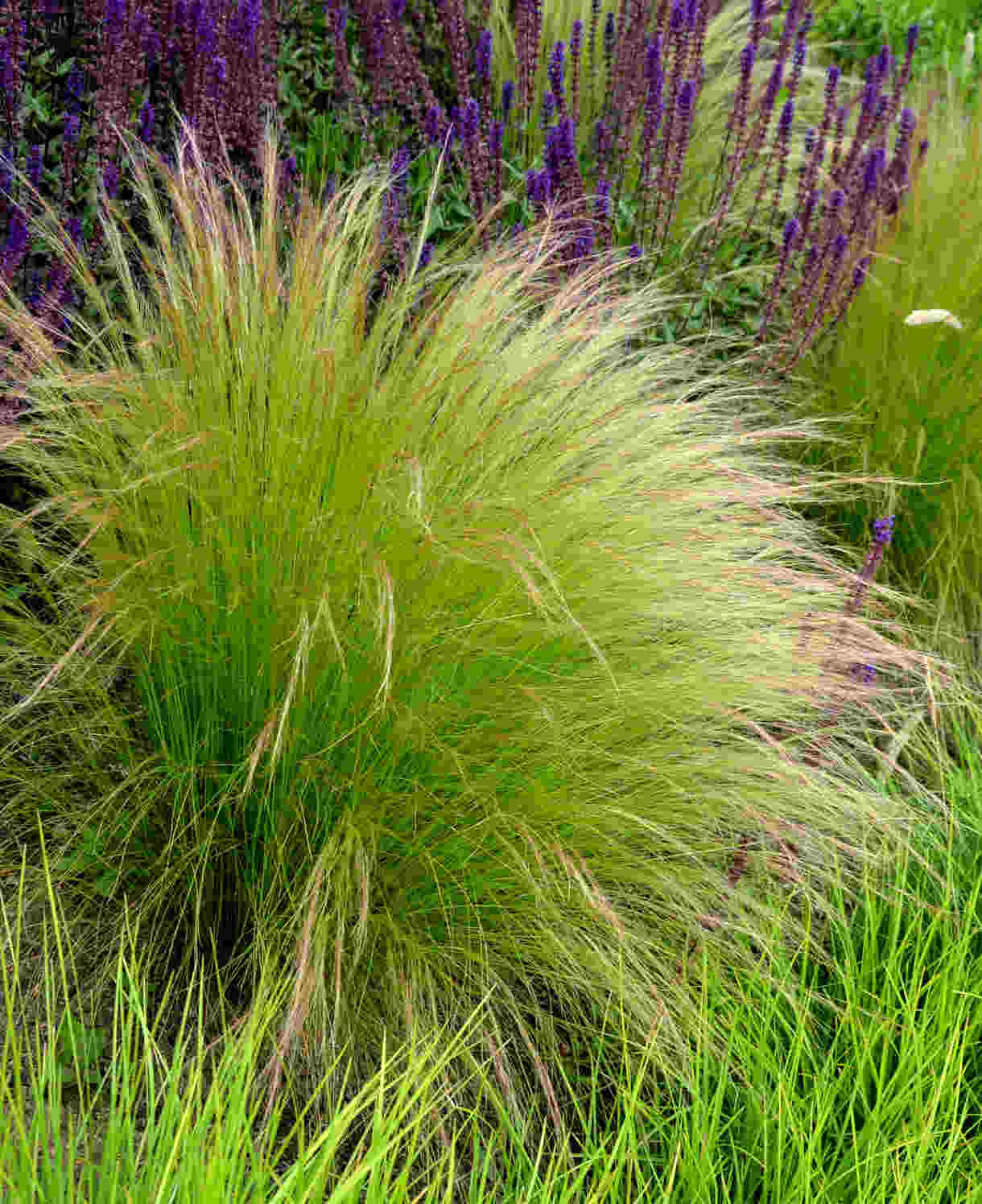
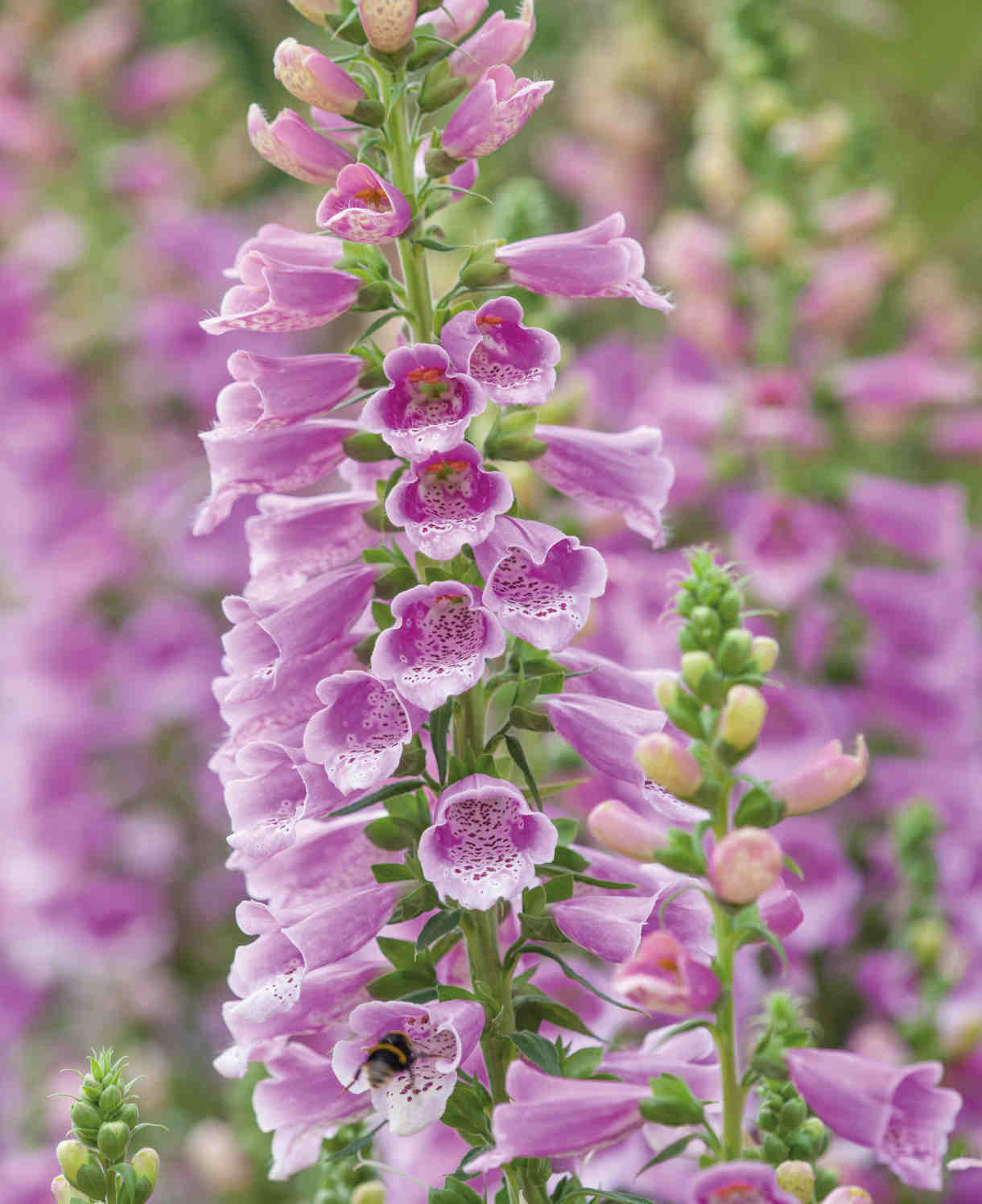
How to care for Parahebe
Pruning and Deadheading
Generally, no pruning is required although plants can be cut back hard in early spring to refresh foliage if it is looking tired. Spent flower stems can be cut back for tidiness.
Watering
Water your newly planted Parahebe frequently until established. After this, they can be left to their own devices, and usually need watering only in very hot, dry spells.
Container-grown plants require ongoing attention. Water freely during each growing season, aiming for consistently moist but not soggy compost. Allowing the top few centimetres of compost to dry out between soakings is a good rule of thumb. Insert your finger into the compost to check this. From mid-autumn, the British climate tends to take over watering needs, though do remember to step in in the event of an unseasonably dry spell.
Feeding
On healthy, fertile soil, an annual mulch of well-rotted organic matter (i.e., a layer of manure or garden compost applied to the soil around the plant) should provide sufficient nutrients. This has the added benefit of suppressing weeds and locking in moisture. Autumn or spring are the best times to carry out mulching.
Permanently container-grown plants rely more on the gardener for nutrition. Get off to a flying start by making sure you use a good quality compost, then throughout the growing season (March to September) apply a liquid feed at regular intervals according to its instructions. Alternatively, top dress with a general purpose granular feed every three months throughout the growing season.
Cold Protection
Parahebe are H4 rated for hardiness and can withstand temperatures down to -5 to -10°C. If you are expecting an exceptionally cold snap, it might be worth a deep, dry mulch such as bracken or straw to protect the crown.
Like all plants, those grown in containers can be more vulnerable to the cold. In the event of very low temperatures, it can be worth wrapping pots with hessian or fleece (this will protect the pot from cracking too).
Pests and Diseases
May be susceptible to aphids, downy mildew and certain fungi. Check plants for loss of vigour and treat with a proprietary spray where feasible.
How to propagate Parahebe
Propagate from semi-ripe cuttings in early or midsummer.
Choose healthy material that is free of pests and diseases and remove it with sharp, clean tools. It is best to take cuttings in the morning to avoid wilting.
- Select the cuttings from this season’s growth and remove them using sharp secateurs.
- Place the cuttings in a plastic bag straight away. Keep the bag in the shade or, in hot weather, the fridge until you are ready to prepare the cuttings. However, aim to pot the cuttings within 12 hours.
- Prepare the cuttings by trimming them to 10-15cm (4-6in) in length, cutting just below a leaf node. Next, remove the lowest leaves and the soft tips. There will usually be about four leaves remaining.
- Dip the bottom of the cutting in fresh hormone rooting powder, ensuring that the cut is well covered. Tap gently to remove the excess.
- Insert the cuttings into suitably-sized containers filled with cuttings compost – use 50 per cent free-draining potting compost mixed with 50 per cent sharp sand or perlite. Water well and allow to drain.
- Place the container of cuttings in a greenhouse. Alternatively, cover pots with a plastic bag and put in a warm, light position, out of direct sunlight. Remember to remove excess moisture yet keep compost damp. Cuttings taken in summer seldom need bottom heat.
* Many plants carry Plant Breeders Rights and cannot be propagated for commercial purposes.
Common Parahebe questions
How tall does Parahebe grow?
The varieties we supply range in height from 30cm to 80cm and mature over 2-5 years. If you need a certain height of Parahebe then check our web pages for each variety to see which suits your needs best.
Is Parahebe an evergreen?
There are both evergreen and semi-evergreen varieties to choose from. As a rule of thumb, the semi-evergreens hold their foliage from March to October, whilst evergreens retain their foliage all year round.
Are Parahebe poisonous to dogs?
No toxicity has been reported regarding dogs, cats, horses, livestock, birds or people
